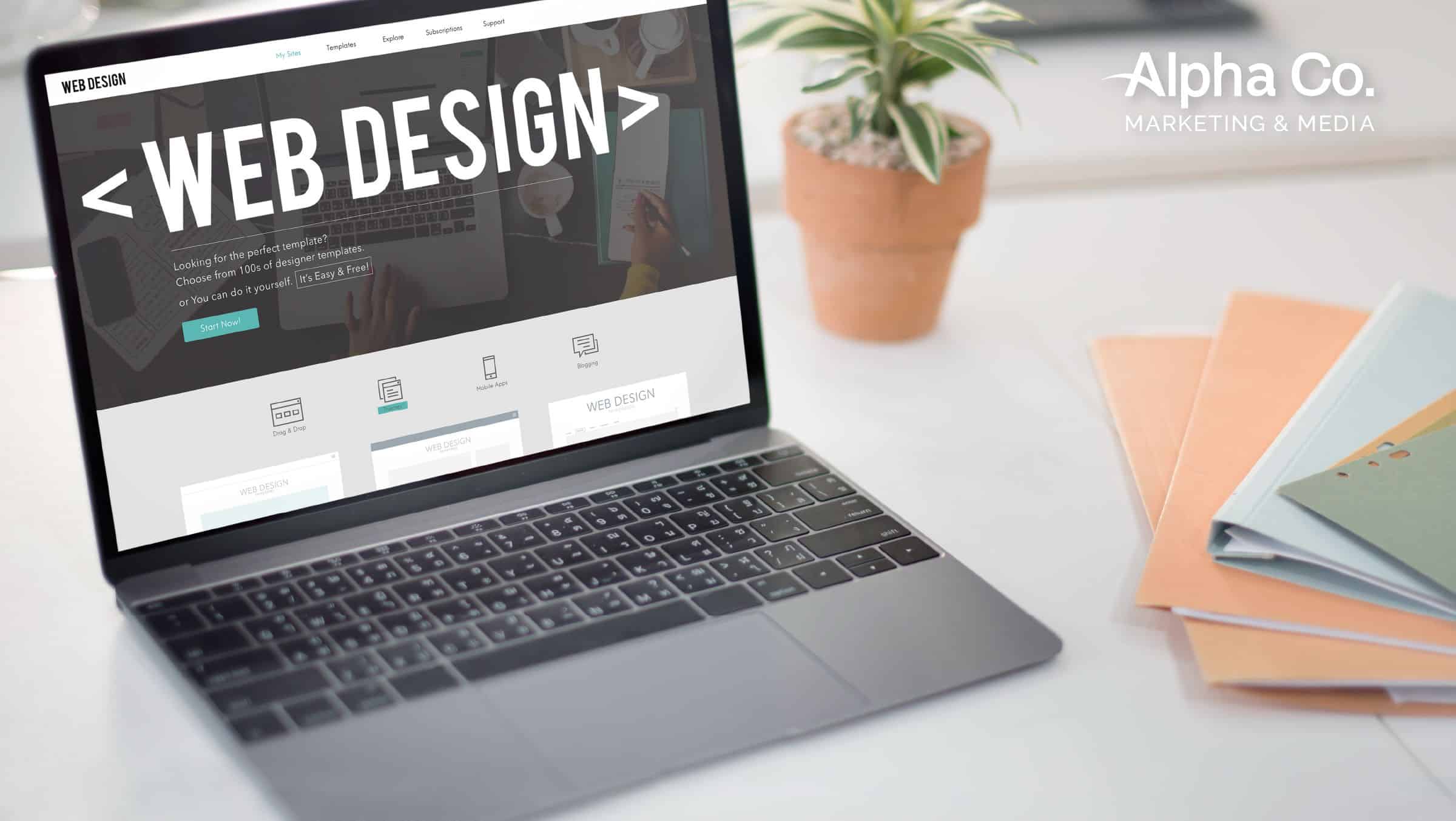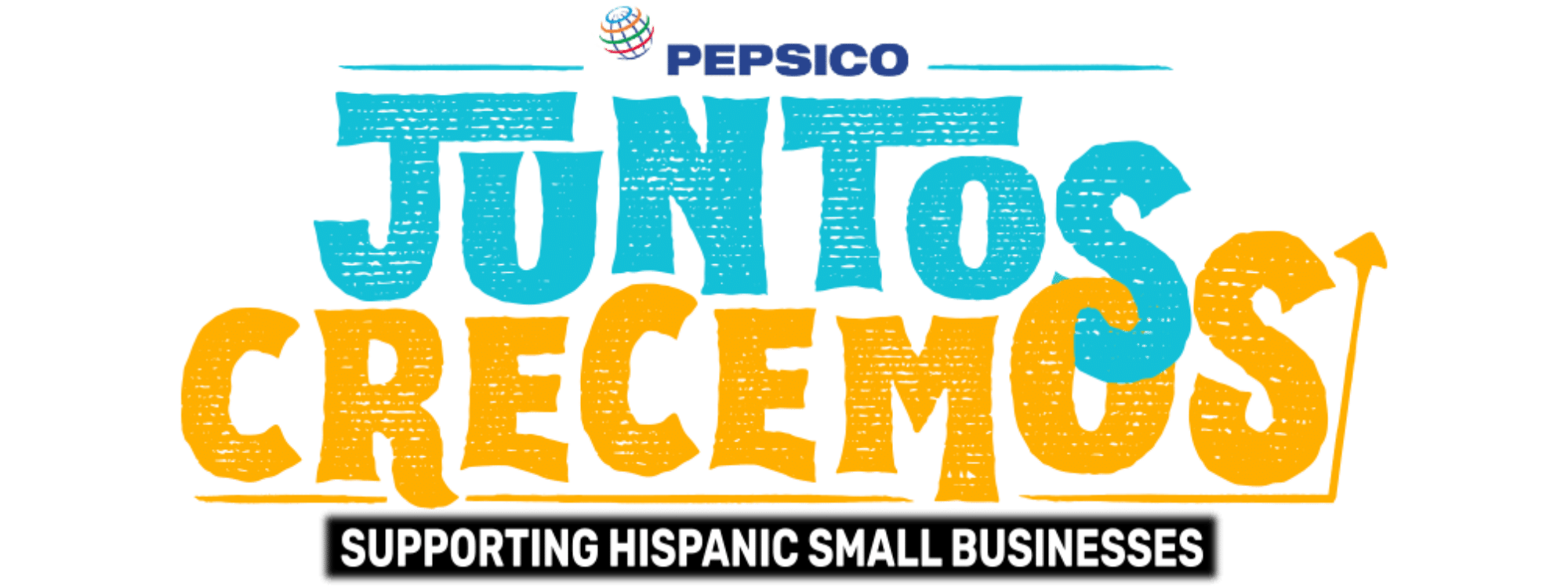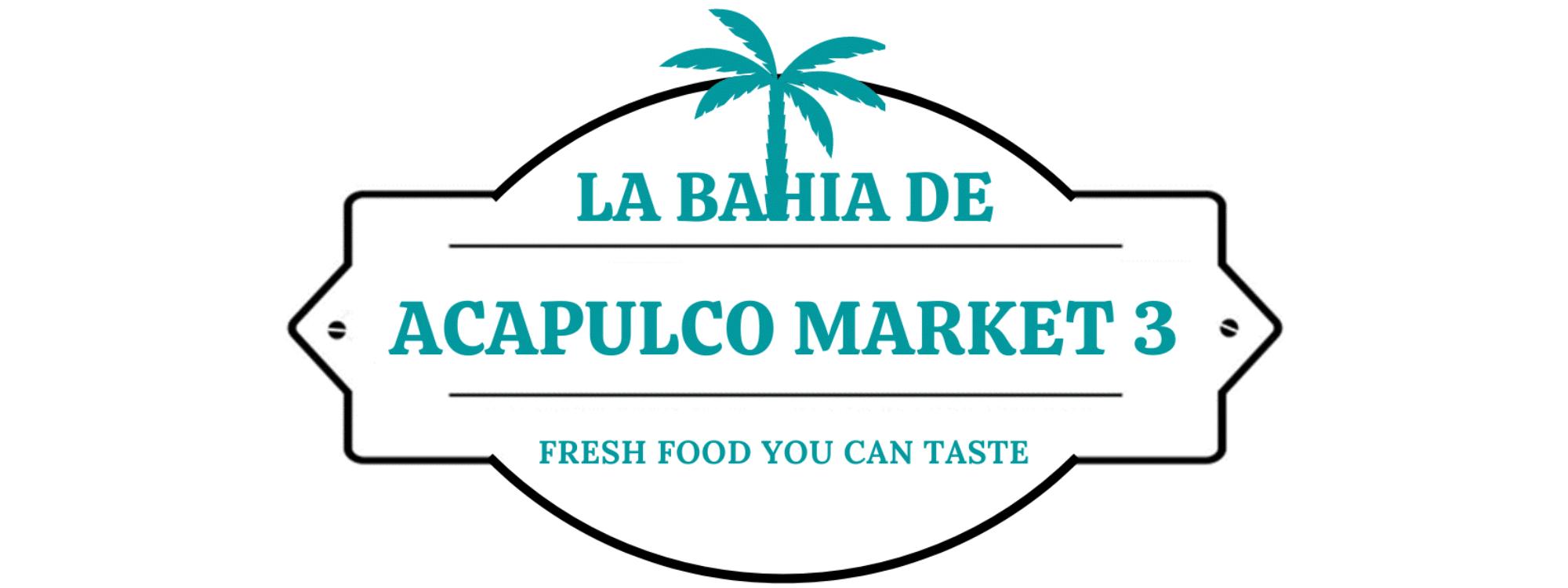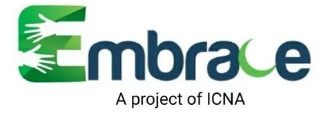In the dynamic world of website design, first impressions are forged, and user experiences are crafted with meticulous precision in under a second. Therefore, we cannot overstate the significance of impactful website design. As businesses strive to captivate and retain online audiences, mastering the art of website design becomes pivotal.
So, we have put together a compass through the intricacies of creating a digital spot that not only reflects the essence of your brand, but also ensures a seamless and engaging journey for visitors. Whether you’re a business owner or a seasoned designer, this is your pathway to standing out in the digital crowd.
👀 Did you know that it takes less than a second for a visitor to form an opinion of your website?

Why Focus on Website Design
Creating a website is simple… but not for everyone. That is, most websites are not optimized from a design point of view. When you learn that visitors form an opinion of a website so quickly, everything takes on a new dimension. That is why website design critically affects conversions, branding, and credibility.
🚀 Related content: Your Partner in Website Design and Development in Cypress, Texas
The Do’s (& Their Don’ts)
We’ll start on a high note with the positives! There are some things you just can’t miss on your website. What’s more, this is what users are EXPECTING from website design. Follow along.
Table of Contents
1. Make It Easy to Navigate
When planning your website, keep it easy. In our fast-paced society, chances are visitors go to your site for specific purposes. With this in mind, make it easy for them to find what they are looking for.
Some tips:
- Keep core sections of your website on the header bar and contact details on the footer.
- Have clear CTAs (note that “clear” does not mean “too many” 😏). Show your visitors what your website is about with your CTAs.
- Keep it intuitive on all pages of the site.
- Use a color palette that is easy on the eyes.
👎 The Don’t
Do not forget to optimize it for the mobile experience. Check that every page works well on a mobile screen, as the majority of people use their phones to navigate sites nowadays.
2. Create Relevant Content
When addressing your audience, you want to be really clear, but not make them feel underestimated. Include detailed, lengthy content that resonates with your brand and that will be of value to your consumers.
💡 Pro tip: Remember to spell-check all your content and revise your language. Designing a website is a communicative act and clear communication is essential to building a positive rapport with your prospective customers.
👎 The Don’t
Do not forget to *edit*. Never put up content fresh out of the oven! Furthermore, if possible, have someone revise it before going live. Another set of eyes is always useful as they can catch or see things from a different angle.
3. Choose Simple Typography
When looking to stand out, it is easy to go for complex and ornamented typography. This would be a mistake. A website is your introduction to the world, so make the words easy to read. Nowadays, there are endless options to source web-safe and accessible typefaces. For example, Google Fonts and Font Library offer a multitude of fonts with easy integration —and they are free!
Here are some extra tips:
- Never use all caps.
- Keep the number of fonts to a maximum of three.
- Mind line height and text size.
- Check that the contrast ratio of color combinations of the font and the background meet accessibility standards.
👎 The Don’t
Do not overcomplicate it with the font. This means to not use heavily adorned typography or anything that is not easy to read. You will only put off your visitors and engagement will drop faster than you can say Jack Robinson.
4. Website Design Includes Image Optimization!
A picture is only worth a thousand words if it’s the right one for those words. When applied to website design, this saying resonates even more, as there are some extra things to consider:
- Make sure you choose the right type of image file: PNG, JPEG, or GIF are good options. Ideally, use JPEG or JPG for the more colorful images and PNG for the more simple ones, as it is a heavier file.
- Remember to keep the file weight low. There are a multitude of image compression websites out there to help you out and not lose quality when compressing them. This will help the speed of your site, which Google likes.
- Use a combination of images and words.
- If you are using photos of people, remember that a smile goes a long way (as long as it is relevant to your content, of course).
👎 The Don’t
Do not forget to write Alternative (Alt) Text. It conveys how the image relates to the content. Whereas it originated for accessibility purposes, it is indexed by search engines. Also, It displays if the image fails to load, helping visitors understand the context.
5. Be Inclusive —and Reap the Rewards
Being inclusive means making sure everyone feels welcome, valued, and respected, no matter who they are or where they come from. In website design, it is important to bear in mind that not everybody accesses and uses your page in the same way. This translates into making your content accessible and unbiased to reach the widest audience possible. To illustrate how here are a few pointers:
- Use appropriate, professional, and neutral language.
- Use images that reflect the diversity of the world.
- If there’s a video, include captions (they also help with SEO 😉).
- Have you considered translating your website? If you are speaking to a multilingual audience, you might want to localize the content and speak to them in their own language.
👎 The Don’t
If you are going for a multilingual website, do not rely on automatic translation. At least not on its own. You should always work with professional, human translators who will adapt your message for the different audiences that you are trying to reach.
🎙 Listen to Alpha Co.’s podcast episode on bilingual marketing best practices
Why Choose Alpha Co. for Your Website Design
Alpha Co. Marketing & Media has a team of experienced and creative web designers who are well-versed in UX and UI and the latest trends.
With attention-grabbing graphics, illustrations, effects, and animations, the end product will reflect your company’s identity and clearly state your services and ethics.
🌟 As a bonus, Alpha Co. is a Spanish-English bilingual marketing agency that understands the ins and outs of the Hispanic community. If you are looking to broaden your target audience, we got you covered.
What you get:
- ➡ Personalized sites.
- ➡A plan that adapts to your budget and needs.
- ➡ Professionally designed & responsive websites.
- ➡ More engagement and leads.
- ➡ SEO expertise.
- ➡ Attention-grabbing graphics, illustrations, effects, and animations.
- ➡ Seasoned developers and designers.
- ➡ Continued maintenance and updates.


































